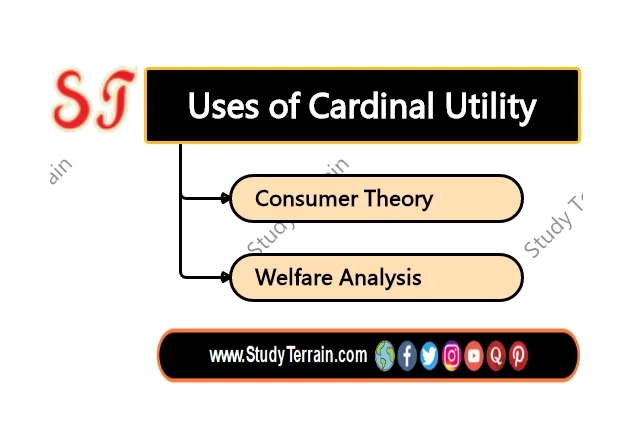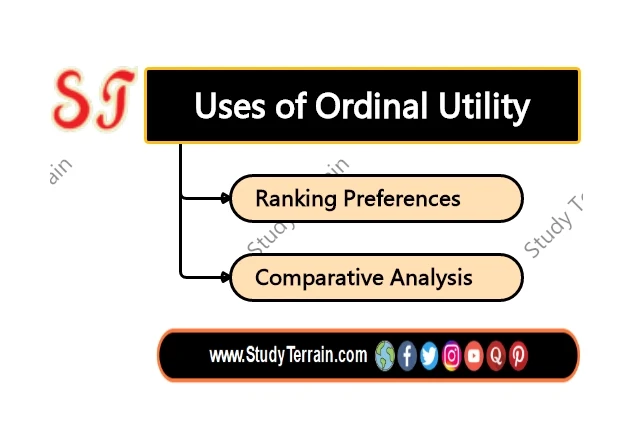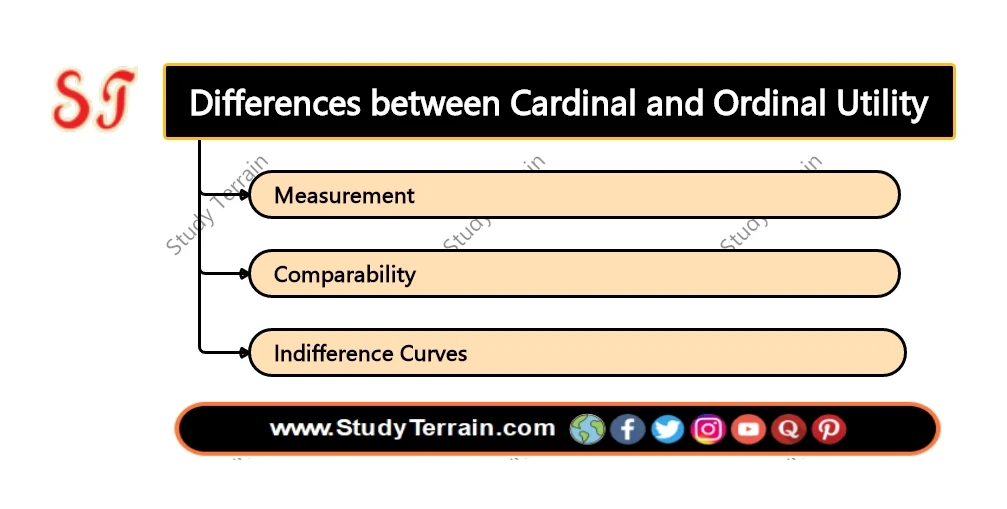In the realm of economics, utility theory plays a crucial role in understanding human preferences and decision-making. Two main approaches to utility theory are cardinal utility and ordinal utility. In this article, we'll explore the concepts of cardinal utility and ordinal utility, their differences, and their implications in economics.
Table of content (toc)
Cardinal Utility
Cardinal utility is an approach that assigns numerical values to the level of satisfaction or utility that individuals derive from consuming goods and services. In this framework, utility is quantifiable and measurable, allowing for precise comparisons between different levels of satisfaction. This means that economists using cardinal utility believe that utilities can be directly compared and added or subtracted.
For example, if one person derives 10 utils of satisfaction from consuming a slice of pizza and 20 utils from eating a burger, cardinal utility theory suggests that the person's satisfaction from the burger is twice as high as from the pizza.
Uses of Cardinal Utility
 |
| Uses of Cardinal Utility - Study Terrain |
Consumer Theory
Cardinal utility theory is extensively used in consumer theory to analyze consumer preferences and demand. It helps economists understand how consumers allocate their budgets to maximize their utility given the prices of goods and services. By calculating marginal utility and budget constraints, economists can determine the optimal consumption bundle that maximizes consumer satisfaction.
Welfare Analysis
Cardinal utility theory allows economists to measure changes in consumer welfare resulting from policy changes. By calculating changes in consumer surplus, policymakers can assess the impact of policies on consumer well-being. For example, policymakers can evaluate the effects of taxation, subsidies, or price regulations on consumer welfare using cardinal utility theory.
Ordinal Utility
On the other hand, ordinal utility does not assign numerical values to utility. Instead, it ranks preferences in order of preference. In this framework, utility is considered as an ordinal ranking—goods and services are ranked based on the level of satisfaction they provide, but the actual magnitude of satisfaction is not quantified.
Using the same example, ordinal utility theory would simply state that the person prefers the burger over the pizza, without quantifying how much more satisfying the burger is compared to the pizza.
Uses of Ordinal Utility
 |
| Uses of Ordinal Utility - Study Terrain |
Ranking Preferences
Ordinal utility theory is useful for ranking preferences and analyzing consumer choices without quantifying utility. Economists use ordinal rankings to understand consumer behavior and predict market outcomes. By observing consumer choices and preferences, economists can identify patterns and trends in market behavior.
Comparative Analysis
Ordinal utility theory is valuable for making comparative analyses of alternatives. Economists can assess the relative desirability of different options without assigning numerical values to utility. This is particularly useful in situations where precise measurements of utility are not possible or necessary.
Differences between Cardinal and Ordinal Utility
 |
| Differences between Cardinal and Ordinal Utility - Study Terrain |
Measurement
Cardinal utility theory allows for the measurement of utility in numerical terms, while ordinal utility theory only allows for the ranking of preferences without assigning numerical values.
Comparability
Cardinal utility theory assumes that utilities are directly comparable and can be added or subtracted, while ordinal utility theory only ranks preferences in order of preference without making comparisons of magnitude.
Indifference Curves
In cardinal utility theory, indifference curves can be drawn to represent combinations of goods that provide the same level of satisfaction. In ordinal utility theory, indifference curves indicate only that the consumer is equally satisfied with all combinations on the curve, without quantifying the level of satisfaction.
Conclusion
Cardinal utility and ordinal utility represent two different approaches to utility theory, each with its own strengths and weaknesses. While cardinal utility theory allows for precise measurements and calculations, ordinal utility theory focuses on relative rankings and preferences. Understanding these concepts is crucial in analyzing consumer behavior, making policy decisions, and studying market dynamics in economics. Whether one subscribes to cardinal utility or ordinal utility theory, both provide valuable insights into human preferences and decision-making processes.
For more content visit KMBN 102



